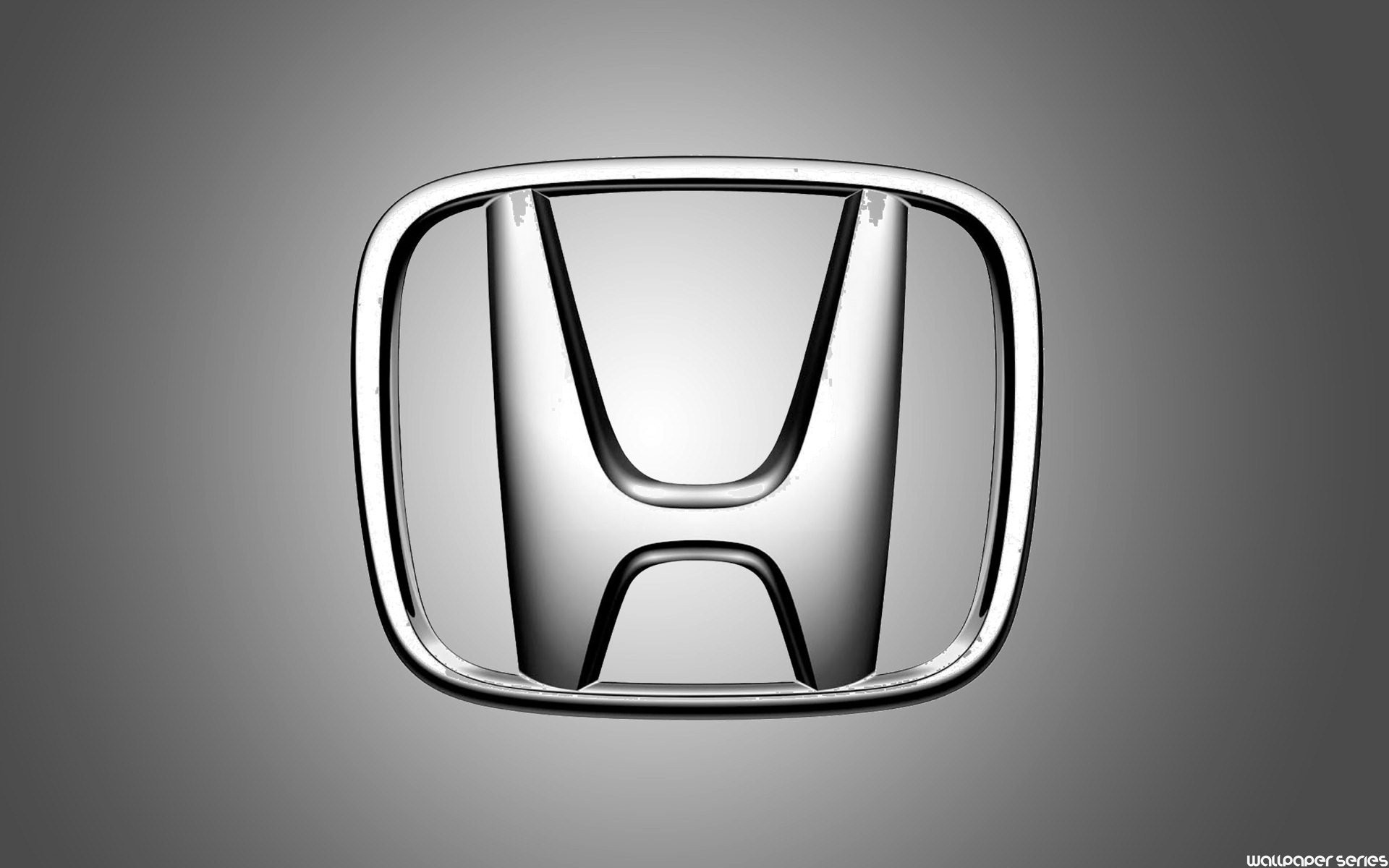A Fatigue and Fracture Study on High Strength Cast Irons -
Abstract:
Fatigue strength and fracture of high strength cast irons, gray iron grade 300 and CGI grade 450, used for producing lightweight cylinder blocks, were studied. The results show endurance ratios of 0.27-0.28 and 0.38 for gray irons and CGI, respectively. The fracture surfaces in cast irons in general show the predominance of graphite and graphite/matrix interface; however, in CGI there is a larger proportion of fractured pearlitic matrix than in gray iron. This fact, and the differences in the morphology of the graphite/matrix interface, flat in gray iron, rough in CGI, explain the higher results of fatigue strength in CGI compared to gray iron.
Conclusions
Based on the experimental results, it can be concluded that:
- Gray iron grade 300 shows fatigue strength of 88 to 95 MPa, with an endurance ratio of 0.27-0.28,
while CGI grade 450 showed fatigue strength of 171 MPa, with an endurance ratio around 0.38.
https://www.scientific.net/MSF.925.296.pdf

